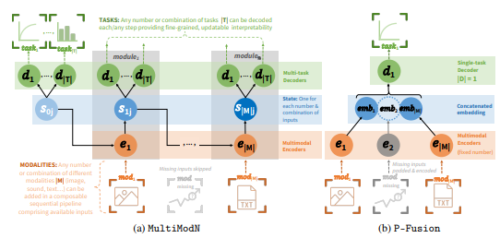2024-02-26 ロイヤルメルボルン工科大学(RMIT)
<関連情報>
- https://www.rmit.edu.au/news/all-news/2024/feb/titanium-lattice
- https://onlinelibrary.wiley.com/doi/10.1002/adma.202308715
卓越した強度を持つチタン製マルチトポロジー・メタマテリアル Titanium Multi-Topology Metamaterials with Exceptional Strength
Jordan Noronha, Jason Dash, Jason Rogers, Martin Leary, Milan Brandt, Ma Qian
Advanced Materials Published: 31 December 2023
DOI:https://doi.org/10.1002/adma.202308715

Abstract
Additively manufactured metamaterials are architectured cellular materials that can be engineered through structural innovations to achieve unusual mechanical and multifunctional properties. Among these, hollow-strut lattice (HSL) metamaterials have proven to allow outstanding structural efficiency, with a multifunctional architecture ideal for lightweight, biomedical, microfluidic, and thermal engineering. To capitalize on their structural efficiency and significantly extend their mechanical envelope, a thin-plate lattice topology is seamlessly integrated into the inner hollow space of an HSL topology. This integration serves a dual purpose: to radically enhance the resistance of the irregular HSL nodes to deformation and to uniformly distribute the applied stresses in the new topology for unparalleled strength. Fabricated in titanium alloy Ti-6Al-4V with densities of 1.0–1.8 g cm−3 , this thin-plate integrated hollow-strut lattice (TP-HSL) metamaterials achieve relative yield strength that well surpasses the empirical upper limit of all cellular metals, including HSL and solid-strut lattice (SSL) metamaterials made from various metallic alloys. Furthermore, their absolute yield strength drastically exceeds that of magnesium alloys with comparable densities while inheriting the high corrosion resistance, biocompatibility, heat resistance, and other unique attributes of Ti-6Al-4V. Titanium multi-topology metamaterials expand the boundaries of lightweight multifunctional metallic materials.



